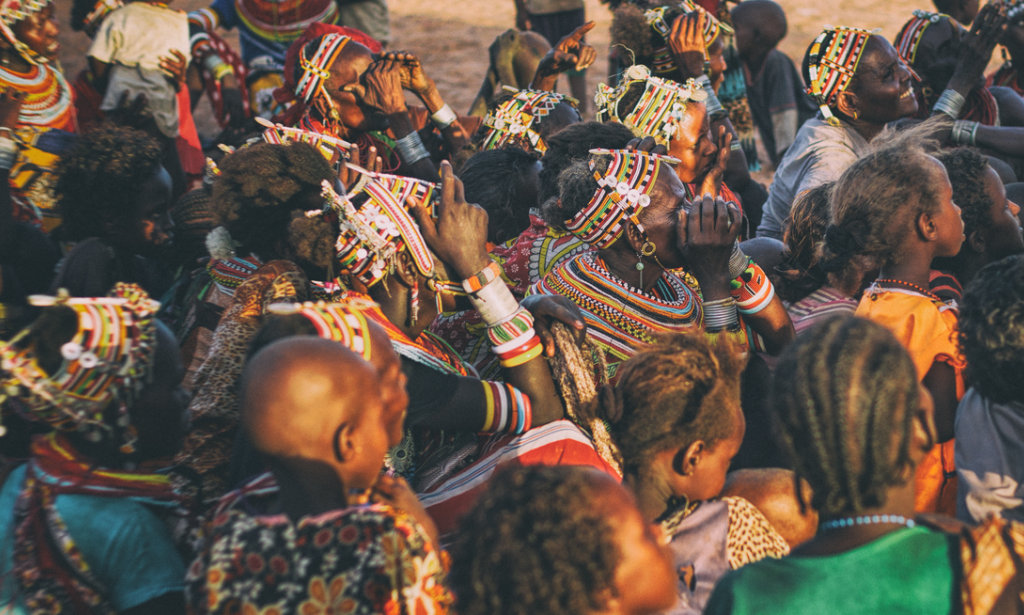A tall, lean man wrapped in a bright red cloth around his waist or slung on his shoulders holding a spear and with one leg off the ground hooked behind the other.
Maasai jumps

In most cases, the man will be shown sporting long hair that has been tightly braided in an intricate style and which appears reddish!
That is the image that comes to the minds of many people when the word Maasai is mentioned.

Maasai is a nomadic community found in grasslands of Kenya and Tanzania. The community is famous for its retention of a strong culture that is built around nomadism (Saitoti, 1986). The image depicted above captures a crucial institution among the Maasai- Moranism.
Moranism is an important institution among the Maasai because it symbolizes and offers actual security as well as continuity of the Maasai people.
Morans are the physical guardians of the Maasai society. Traditionally, their work was to protect the people and the cattle from tribes and predators (Saitoti, 1986).
The young Maasai men imitate several things from their fathers as they get prepared for Moranism. They for instance learn to use a stick to control cattle when grazing.
The young boys are allowed to run around some few cows and calves that are left in the nomadic villages (Manyattas).
The young boys also learn to protect the cattle at night using thorn bushes which they make into a fence around the animals (Saitoti, 1986).
They also learn some songs that they sing to keep themselves busy when herding cattle in the quiet fields. They use sticks as spears in preparation to use actual spears during moranism.
At the age of 10 years, many young Maasai boys (laiyok) can herd, herds of cattle numbering close to a 1000 cattle! After some three years, the young men spend most of the time around the homestead.
They learn the place of cattle in their culture. In addition, they are prepared for real moranism roles of taking care of their family and the society (Saitoti, 1986).
Entry into real moranism is marked by circumcision which occurs mostly at the age of 15 years (Saitoti, 1986). Sometimes young men get to be circumcised at the age of 18.
The circumcision ceremonies are set by elders who decide when a new group of warriors (morans) is needed.
On average there is an initiation ceremony (Emorata) every 6-10 years which may be spread out over

You must be logged in to post a comment.